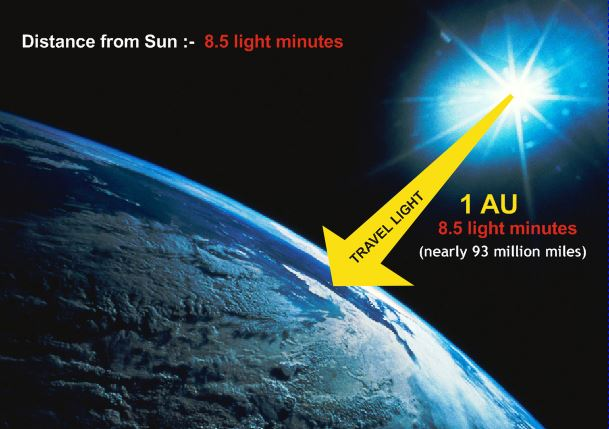After reading the initial chapters of our textbook, I was captivated by the fact that the way Earth’s tilt changes can be dumbed down to the movement of a spinning top. It’s always fascinating seeing physics work on any scale, so I was eager to look into the subject. After a bit of searching, I found an awesome video that not only provides an explanation of how precession works, but how it changes what stars are visible in the night sky. Embedded is one of my favorite visualizations.

As illustrated in the image, Earth’s axis precesses on a 26,000 year cycle. Notably, this means that North will not always point at the same part of the sky, and therefore Polaris has not always been and will not always be an effective North Star. It won’t change noticeably in our lifetimes, but it’s fascinating to think that ancient peoples navigated with entirely different bearings.
An insight that the video provided that wasn’t explicitly talked about in the book is that Earth’s lack of a perfectly spherical shape heightens the effect of precession. With the center of mass thrown off by the bulge around the equator, gravity from the Sun and Moon are able to have an effective pull on tilted Earth.
Additionally, the fact that spin is maintained by angular momentum, which is proportional to mass, makes me wonder how an increase in mass would affect Earth’s precession. My prediction is that a more massive Earth spinning at the same rate would have a longer period of precession. This assertion is based on the fact that a higher angular momentum leads to less deviation from the already established axis of tilt, as indicated in the book.


















